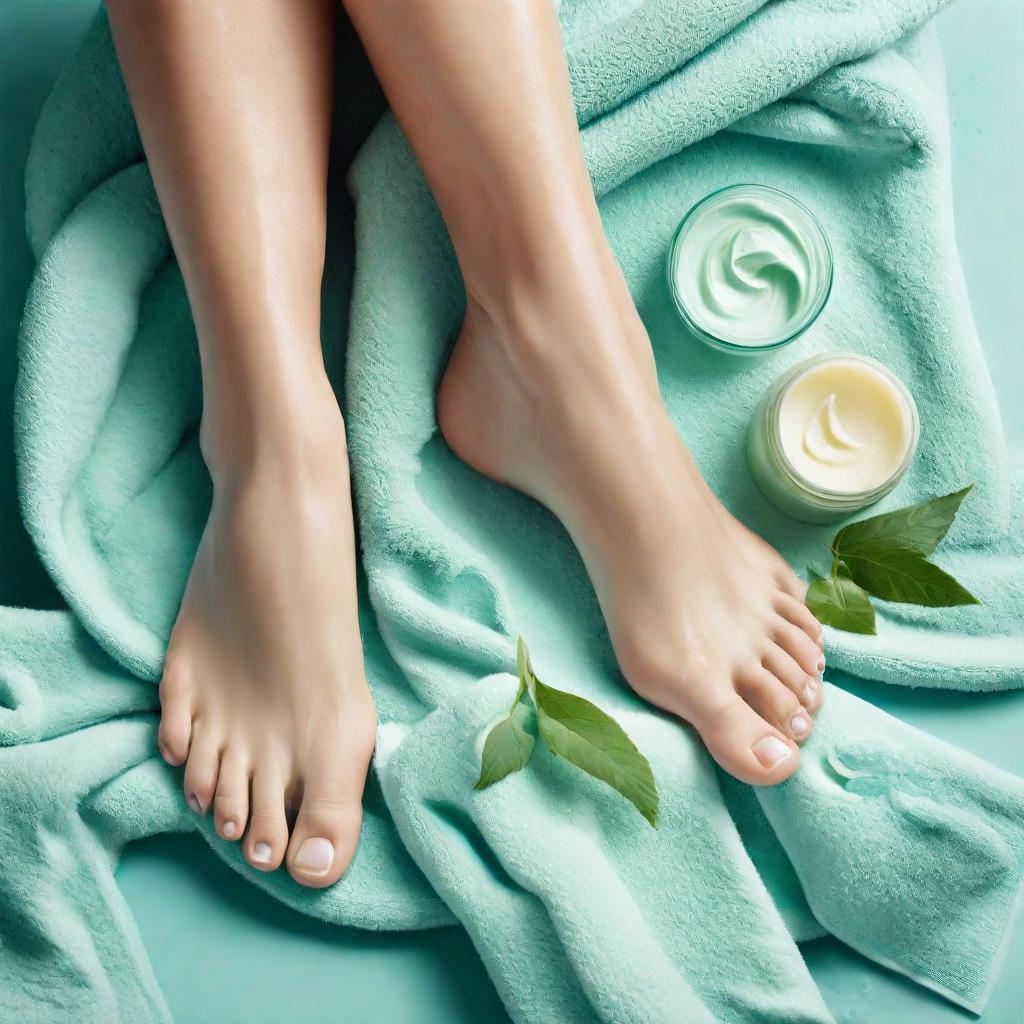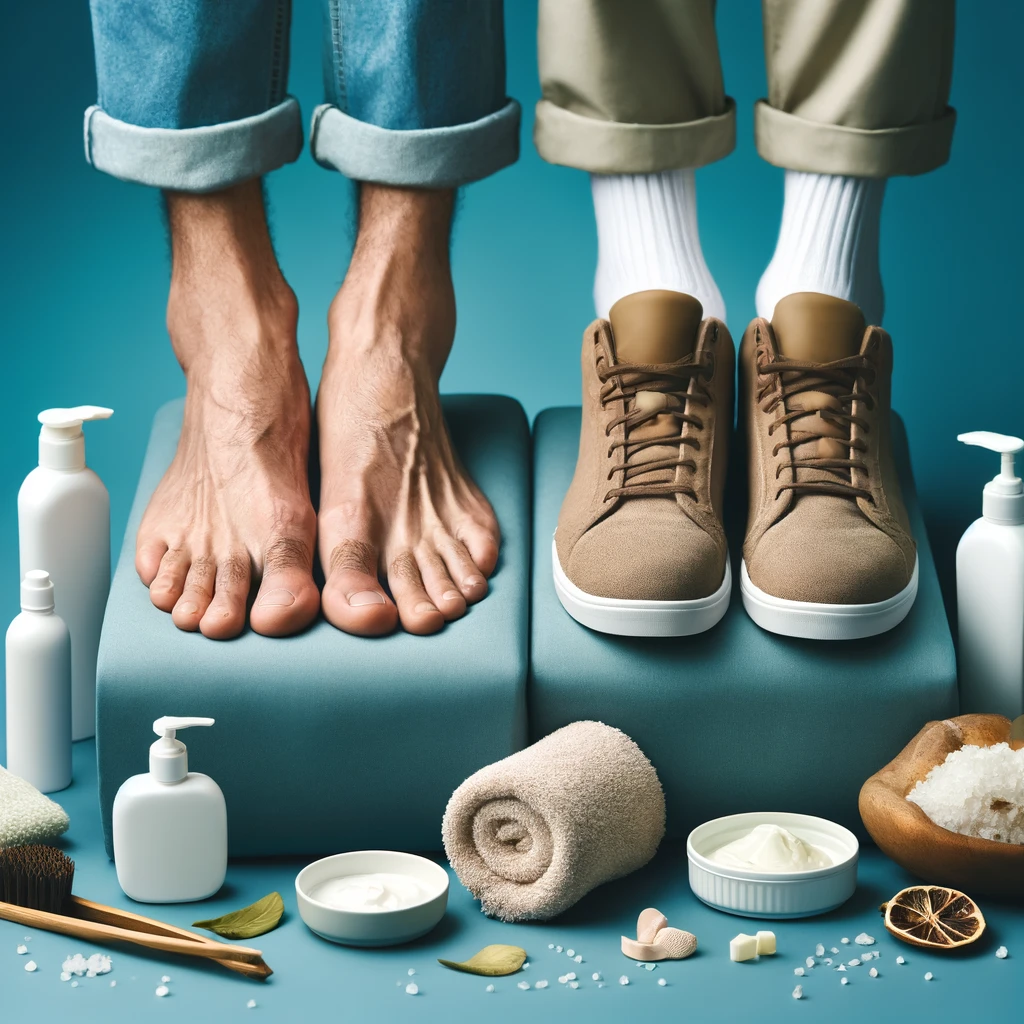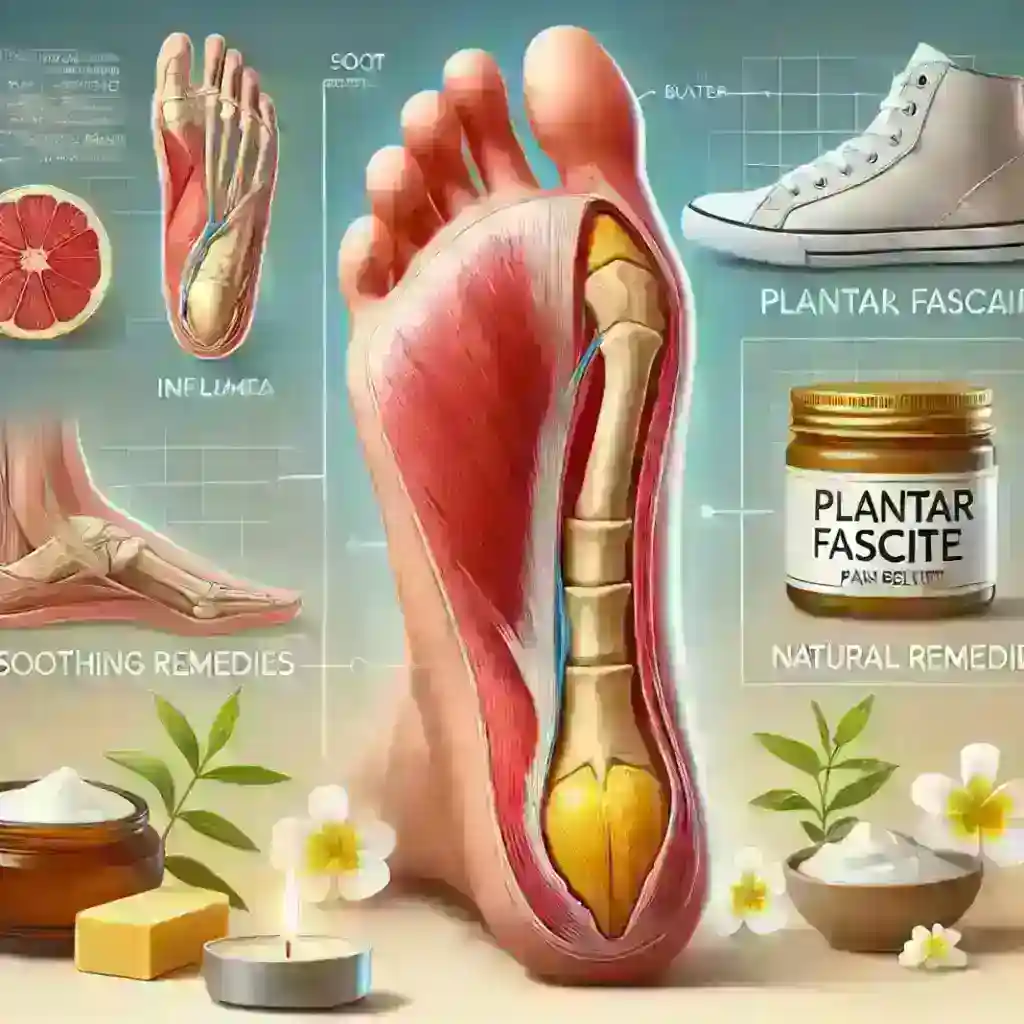
Table of Contents
Foot care is crucial for maintaining overall health and comfort. Dry feet can lead to discomfort, cracks, and even infections if not properly managed. In this article, we’ll explore the top five prevention tips for dry feet to help you keep your feet smooth and healthy.
Understanding Dry Feet
What Causes Dry Feet?
Dry feet can result from various factors, including environmental conditions, lifestyle choices, and underlying health issues. Cold weather, low humidity, and exposure to harsh chemicals can strip the skin of its natural oils, leading to dryness.
Common Symptoms of Dry Feet
Dry feet are characterized by rough, flaky, and sometimes itchy skin. In severe cases, you might notice deep cracks, redness, and even bleeding, which can increase the risk of infections.
Top 5 Prevention Tips for Dry Feet
Regular Moisturizing
One of the most effective ways to prevent dry feet is by moisturizing them regularly. Opt for thick, hydrating creams or lotions that contain ingredients like urea, glycerin, and lactic acid. Apply the moisturizer immediately after bathing to lock in moisture.
Best Types of Moisturizers
Look for foot creams specifically formulated for dry skin. Products like Eucerin Advanced Repair Foot Cream and Aquaphor Healing Ointment are excellent choices.
Proper Hydration
Staying hydrated is essential for maintaining healthy skin. Make sure you drink plenty of water throughout the day to keep your skin and body well-hydrated.
Importance of Drinking Water
Water helps maintain skin elasticity and prevents it from becoming dry and brittle. Aim for at least 8 glasses of water a day, and more if you’re active or live in a hot climate.
Wearing the Right Footwear
The shoes you wear can significantly impact the health of your feet. Choose shoes that fit well, provide adequate support, and are made from breathable materials.
Features of Good Footwear
Good footwear should have a comfortable fit, proper arch support, and cushioning to protect your feet from impact. Avoid shoes that are too tight or made from materials that don’t allow your feet to breathe.
Avoiding Hot Showers
While a hot shower might feel relaxing, it can actually strip your skin of its natural oils, leading to dryness. Opt for lukewarm water instead.
Effects of Hot Water on Skin
Hot water can dehydrate your skin, making it more prone to dryness and irritation. Always finish your shower with a cool rinse to close your pores and retain moisture.
Using Humidifiers
Using a humidifier in your home can help maintain moisture levels in the air, which is especially beneficial during the winter months when indoor heating can dry out the air.
Benefits of Humidifiers for Skin
Humidifiers add moisture to the air, preventing your skin from becoming dry and flaky. They are particularly useful in bedrooms, where you spend a significant amount of time.
Daily Foot Care Routine
Cleansing and Exfoliating
Wash your feet daily with a gentle cleanser and exfoliate once or twice a week to remove dead skin cells. This helps your moisturizer penetrate more effectively.
Applying Foot Creams
After cleansing, apply a thick foot cream to lock in moisture. Focus on the heels and other dry areas.
Massaging Your Feet
A foot massage can improve circulation and promote relaxation. Use a moisturizing oil or lotion during the massage for added benefits.
Home Remedies for Dry Feet
Natural Oils and Butters
Coconut oil, shea butter, and olive oil are excellent natural moisturizers. Apply them to your feet before bed and cover with socks to lock in moisture.
DIY Foot Masks
Create a foot mask using ingredients like honey, avocado, and yogurt. Apply the mask for 20 minutes, then rinse and moisturize.
Soaking and Scrubbing
Soak your feet in warm water with Epsom salts for 15-20 minutes, then gently scrub with a pumice stone to remove dead skin.
When to Seek Medical Help
Persistent Symptoms
If your dry feet persist despite your best efforts, it may be time to consult a healthcare professional.
Signs of Infection
Look out for signs of infection such as increased redness, swelling, pain, or pus. Seek medical attention promptly if you notice these symptoms.
Professional Treatments
A podiatrist can provide treatments such as prescription creams, antifungal medications, or even minor surgical procedures for severe cases.
Role of Diet and Nutrition
Foods for Healthy Skin
Eating a balanced diet rich in vitamins and minerals is crucial for skin health. Foods high in omega-3 fatty acids, such as salmon and flaxseeds, can help keep your skin hydrated.
Vitamins and Minerals
Vitamin E, vitamin C, and zinc are essential for maintaining healthy skin. Incorporate foods like nuts, seeds, and leafy greens into your diet.
Special Tips for Diabetics
Importance of Regular Check-Ups
Diabetics should have regular foot check-ups to monitor for any signs of dryness or other complications. Early detection is key to preventing serious issues.
Managing Blood Sugar Levels
Keeping blood sugar levels under control can help prevent dry skin and other complications associated with diabetes.
Footwear Tips for Preventing Dry Feet
Best Materials for Socks
Choose socks made from natural, breathable materials like cotton or wool. Avoid synthetic fabrics that can trap moisture and cause irritation.
Choosing the Right Shoes
Invest in quality shoes that provide support and comfort. Look for features like cushioned insoles, arch support, and a wide toe box.
Advanced Treatments for Severe Dry Feet
Prescription Medications
In severe cases, a doctor may prescribe topical treatments like corticosteroids or antifungal creams to treat dry, cracked feet.
Medical Procedures
For extremely dry or cracked feet, medical procedures like debridement (removal of dead skin) or even minor surgeries might be necessary.
Common Myths About Dry Feet
Debunking Popular Myths
There are many myths about dry feet, such as the idea that soaking your feet in alcohol can help. In reality, this can dry your skin further and cause more harm.
Evidence-Based Practices
Stick to evidence-based practices like moisturizing regularly, wearing appropriate footwear, and maintaining proper hydration to keep your feet healthy.
Exercises to Improve Foot Health
Simple Foot Exercises
Exercises like toe stretches, heel raises, and ankle rotations can improve circulation and flexibility in your feet.
Benefits of Regular Activity
Regular physical activity helps maintain overall health, including the health of your feet. Aim for at least 30 minutes of exercise daily.
How to Maintain Smooth Feet Year-Round
Seasonal Foot Care Tips
Adjust your foot care routine based on the season. For example, use thicker moisturizers in the winter and lighter lotions in the summer.
Protective Measures
Wear protective footwear when walking outside to prevent injuries and exposure to harsh elements.
DIY Foot Care Products
Making Your Own Moisturizers
You can create your own foot moisturizers using natural ingredients like coconut oil, shea butter, and essential oils.
Benefits of Natural Ingredients
Natural ingredients are often gentler on the skin and free from harmful chemicals. They can provide effective hydration and protection for your feet.
Conclusion
Maintaining smooth, healthy feet requires consistent care and attention. By following these top prevention tips and incorporating them into your daily routine, you can keep your feet in excellent condition and prevent the discomfort of dry skin.
FAQs
How often should I moisturize my feet? You should moisturize your feet at least once a day, preferably after bathing, to lock in moisture and prevent dryness.
Can dry feet lead to more serious problems? Yes, if left untreated, dry feet can develop cracks and infections, which can lead to more serious health issues.
What are the best materials for socks to prevent dry feet? Natural, breathable materials like cotton or wool are best for preventing dry feet. Avoid synthetic fabrics that can trap moisture and cause irritation.
Are there specific foods that help prevent dry feet? Yes, foods rich in omega-3 fatty acids, vitamins E and C, and zinc can help maintain healthy skin and prevent dryness.
How can I tell if my dry feet are infected? Signs of infection include increased redness, swelling, pain, or the presence of pus. If you notice these symptoms, seek medical attention promptly.



